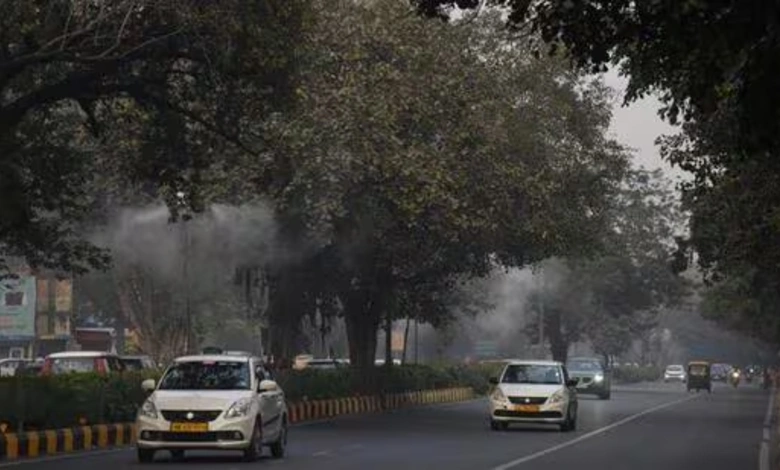New Delhi – As the national capital braces for a sharper winter bite, air pollution levels hovered at the higher threshold of “very poor” on Friday morning, with the Air Quality Index (AQI) clocking in at 392 by 10 a.m., according to data from the Central Pollution Control Board (CPCB).
This reading marks a persistent challenge for residents, placing Delhi’s atmosphere firmly in the 301–400 range designated as “very poor” by standard classifications. For context, AQI values between 51 and 100 are deemed satisfactory, 101 to 200 moderate, 201 to 300 poor, and anything exceeding 400 severe. The city’s minimum temperature dipped slightly to 10.2°C, down from 10.6°C the previous day, signaling the onset of colder conditions.
Forecasts from the Air Quality Early Warning System (AQEWS) indicate that the AQI is set to linger in the very poor category through Sunday. Looking further ahead, the bulletin warns of a grim outlook: air quality could deteriorate into the severe range over the next six days. Compounding these concerns, the Centre’s Decision Support System (DSS) projects an uptick in pollution sources, with stubble burning’s contribution—already at about 12% on Thursday—expected to climb to around 17% by Friday.
ALSO READ : Delhi Car Bomb Horror: More Arrests Unravel J&K Terror Links as University Faces Scrutiny
The India Meteorological Department (IMD) anticipates even frostier mornings, with minimum temperatures potentially falling below 10°C over the weekend. “Clear skies will persist on Friday,” an IMD official noted. “However, as temperatures continue to drop, we may observe shallow to moderate fog in isolated areas during morning hours starting early next week.”
These developments underscore the seasonal strain on Delhi’s environment, where stagnant weather traps pollutants and agricultural practices from neighboring regions exacerbate the haze. While enforcement efforts, such as the Municipal Corporation of Delhi (MCD) issuing over 5,000 fines for air pollution and sanitation violations, aim to mitigate the crisis, the path to cleaner air remains fraught.
